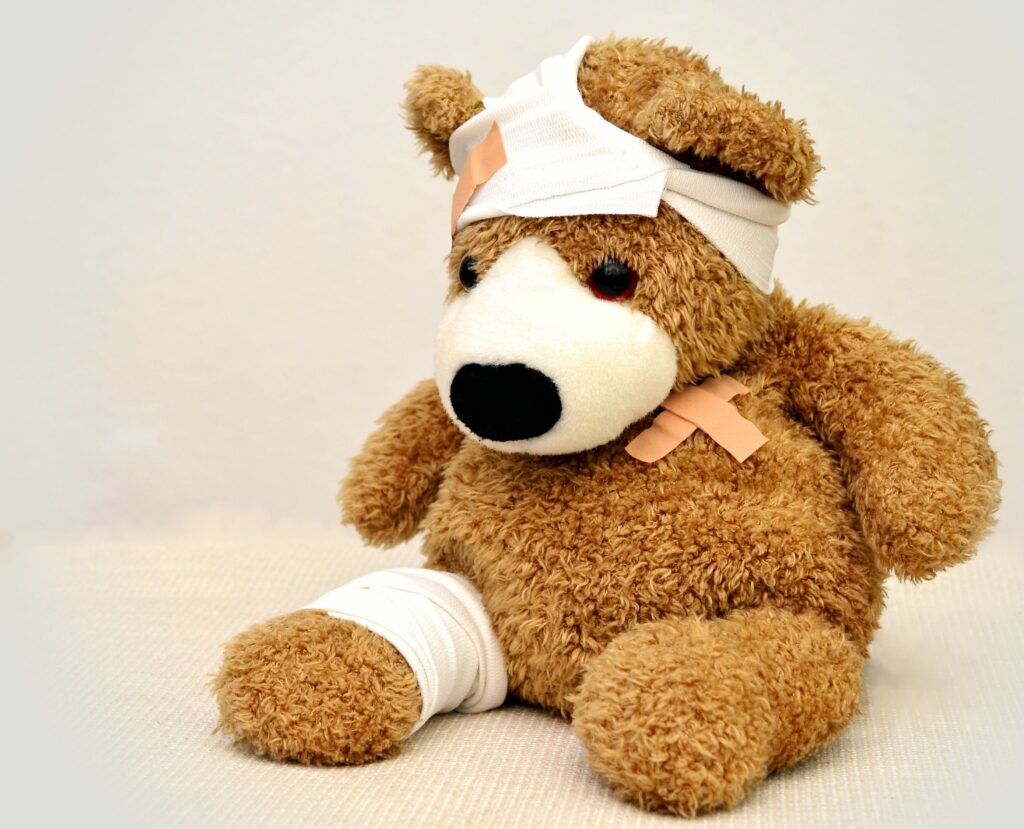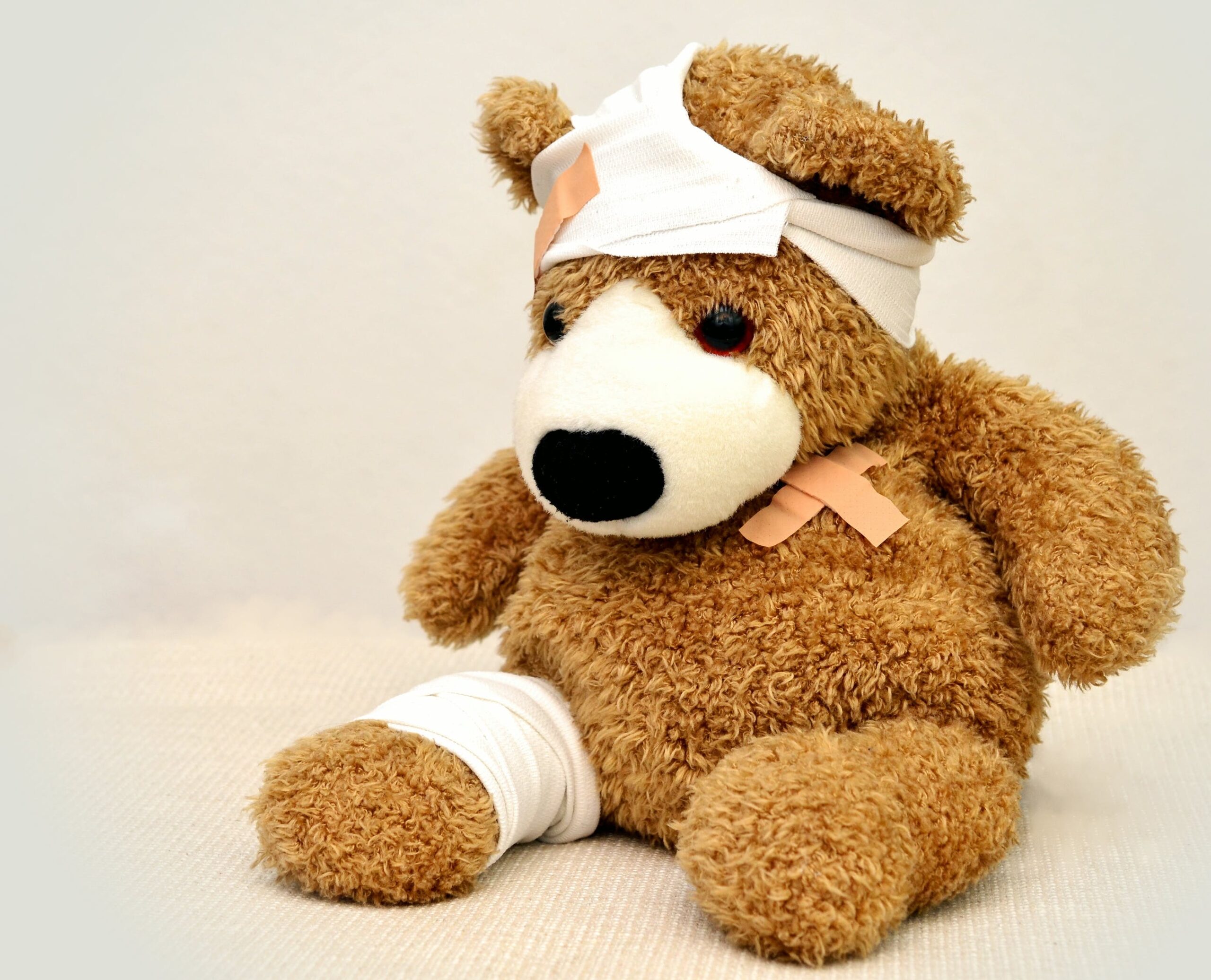
Your child’s health and safety start with you at your home. You can’t protect them from everything, but you can do your best!
Kids should feel like their house is a safe zone where they can be themselves. For young ones, this means developing their imaginations, playing, and being creative. If the environment they are in limits this or is dangerous, they don’t get to enjoy the freedom of being a child.
As a parent, your first concern is their health and wellbeing. You want to ensure you’ve done all you can to encourage their mental health while keeping them physically safe.
These seven tips will boost your home’s safety precautions so you can focus on enjoying every moment with your little ones.
1. Build a First-Aid Kit
A child’s first-aid kit looks a little different than an adult’s. Their smaller bodies can’t take the higher dosages of medications, for instance.
And while they can deal with a plain old band-aid, they’re probably going to get over their boo-boo faster if they have a colorful one.
Kids are active and more likely to jump first and think later. Assemble your first-aid kit with this in mind.
Parents should have these items on hand, at a minimum:
- A digital forehead thermometer
- Band-aids in various sizes
- A splint and Ace bandage
- Antibiotic cream
- Hydrogen peroxide
- Alcohol wipes
- Benadryl or similar allergy reliever
- Aloe vera or other burn ointments
- Tweezers
- Children or Infants Tylenol/Advil
- Medicinal scissors
- Cold packs
Keep in mind that a first-aid kit is only as good as its accessibility. Know your children and store it where it is age-appropriate.
2. Display a List of Emergency Numbers
No one ever wants their child to have to call 911 or deal with an accident. But if they have to, they need to know how to take control of the situation.
Children have more resilience than they are often given credit for. They deal with the trauma of an emergency better when they can help and have some semblance of control.
To help prepare for an urgent situation, start teaching them about emergency phone numbers as soon as they can understand the concept. This requires an understanding of how to turn on the phone, recognition of placement of numbers on the screen, and fine motor skills. When your little one has all three of these, they’re ready to learn how to call an emergency phone number.
It will help everyone if you post a list of common numbers and what they will need to know. List the name of the adults, your address, and phone numbers, even if you’ve had your child “memorize” them. Under stress, it’s easy to forget.
Then list emergency digits such as 911 (or its equal) and the Poison Control Center. Once you have all this on display, you’re ready if you hire a babysitter down the road!
3. Watch for Safety Hazards
You can’t always see safety hazards from a higher perspective. Get down at your child’s height and look for them.
Visualize everything in terms of a choking hazard for your child’s age. In general, keep them away from anything smaller than 1 ¼ inch in diameter and 2 ¼ inches wide. If you’re uncertain, you can always buy a choke tube to check each item before allowing your child access to it.
Other common safety hazards to watch for include:
- window blinds
- furniture drawers
- shaky furniture
- plugs/outlets
- cables and cords.
4. Use Safety Equipment
You should have a plan in place that everyone in your family knows to do in case of fire, flood, and other hazardous situations common in your area. Many dangerous situations could be avoided if everyone was on the same page during an emergency. Check this commercial playground equipment.
But your emergency plan is only as safe as the equipment you have to help you with it. For instance, a smoke alarm can’t warn you of an impending fire if the batteries are dead.
Make sure you have operable safety equipment in your home.
Absolute necessities include:
- Smoke alarms, checked monthly to make sure the batteries work
- Carbon monoxide monitors also checked monthly
- Fire extinguishers in the most accessible rooms, such as the kitchen and garage
- Drawer, window, and door locks to keep little ones from wandering outside
Once your little one is old enough to entrust with the knowledge, teach them how to climb out a window in case of an emergency. It’s a skill we take for granted, but they need to learn.
5. Lock Up Dangerous Equipment
Once your infant is mobile, nothing is safe. Curiosity is an innate trait in youngsters, so anything remotely dangerous is a risk.
Think about the equipment in your home that they could reach. Don’t forget inside cupboards or things tucked away in drawers. Lock up anything potentially hazardous.
Keep matches and lighters in a lockbox. These are almost magnetic to children of all ages. Don’t have loaded firearms, and keep any unloaded or loaded ones in a safe, locked place.
Exercise equipment is also a danger. It all has to be off-limits and inaccessible, from the running mat of a treadmill to heavy barbells.
6. Consider Water Hazards
More than 3,500 people die from unintentional drownings every year. One in five of these are children under the age of 14.
Get water-smart and teach your children to be, too. Put fences around any pool, pond, or lake around your home if you have access to any of these nearby, double and triple up the door locks and consider a motion alarm to alert you if your little one slips outside.
Never leave young children alone around an inch of water or more.
Drowning isn’t the only water-related peril, though. Young skin is very sensitive — much more than ours. Water temperatures of 140 degrees Fahrenheit or hotter can scald a baby or toddler in less than five seconds.
Don’t trust your own heat sensitivity to determine if the temperature is right for your child. Instead, switch your hot water heater’s default setting to 130 degrees or lower. That way, you’ll always know that the water isn’t hot enough to cause burns.
7. Put Poisons Out of Reach
Children are often amazed by the pretty colors of chemicals and the bottles they are in. Be cautious about their access to any liquids, including shampoo, perfumes, and makeup remover.
Keep any poisonous chemicals out of reach of curious hands. Remember that your toddler will eventually learn how to climb, too. Don’t just put cleaning supplies in higher cupboards; lock them up securely.
Conclusion
There are a lot of responsibilities that come with home management and having kids. Each of these could be a full-time job if you let it!
But life is for living, not stressing over. With these seven tips, you can make your house kid-safe and get back to enjoying the little moments that go way too fast.
[Author Bio:]
Dominique Daniels is the Business Manager at The Pointe. With over five years of property management experience, she begins and ends each day loving what she does. She finds joy in helping current and future residents and makes The Pointe a place everyone loves to call home.
